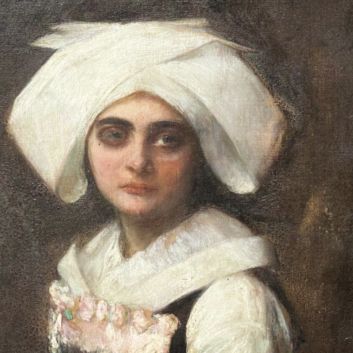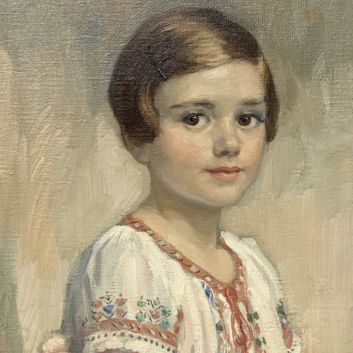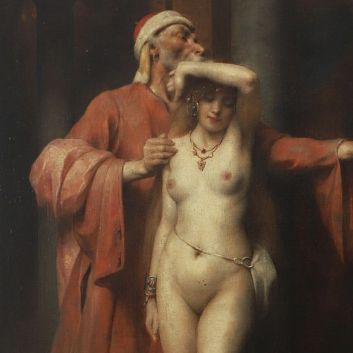Rating and value of paintings by Pierre Puvis de Chavannes
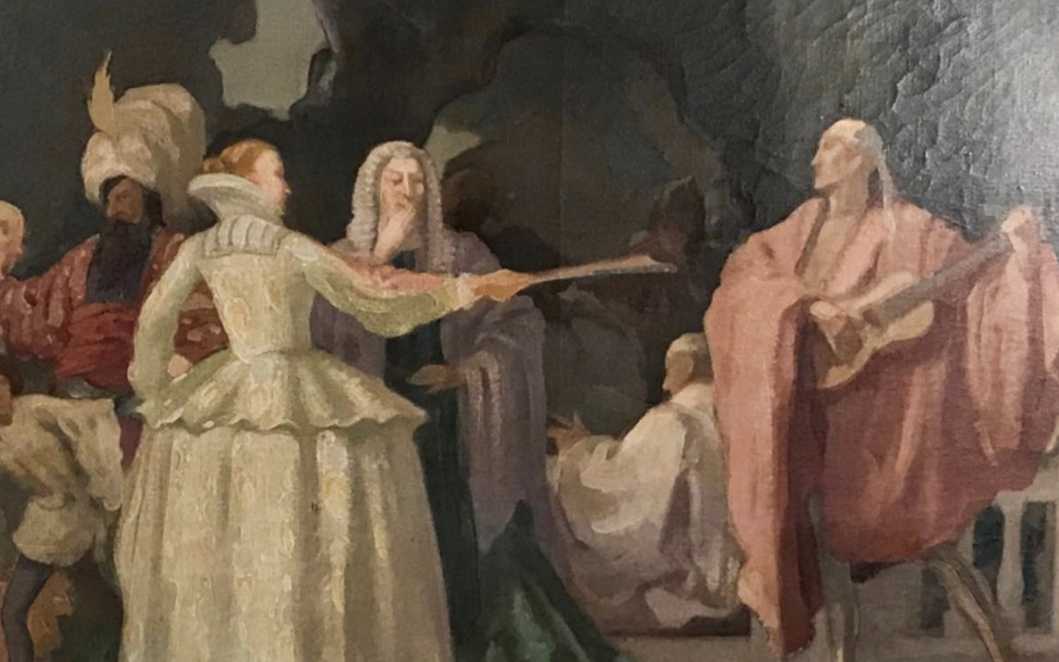
If you own a work by or based on the work of the artist Pierre Puvis de Chavannes and would like to know its value, our state-approved experts and auctioneers can advise you.
Our specialists will carry out a free appraisal of your work, and provide you with a precise estimate of its current market value.
Then, if you want to sell your work, we'll point you in the right direction to get the best possible price for it.
Artist's rating and value
With his elegant, sensitive paintings, Pierre Puvis de Chavannes became a major exponent of decadantism and symbolism. Works by Puvis de Chavannes are quite present and appreciated on today's art market.
The prices at which they are currently selling range from €20 to €770,000, a considerable delta but one that speaks volumes about the value that can be attributed to your paintings, prints and drawings.
Prized by collectors, some of his exceptional works can fetch hundreds of thousands of euros, as demonstrated by his drawing L'enfance de Sainte Geneviève, which sold for €770,000, whereas its estimate was between €540,000 and €720,000.
Order of value from the most basic to the most prestigious
Technique used | Results |
|---|---|
Print - multiple | From €20 to €1,800 |
Drawing - watercolor | From €40 to €54,000 |
Oil on canvas | From €140 to €770,000 |
Response in less than 24h
Artist's style and technique
The works of Pierre Puvis de Chavannes are distinguished by their serene, poetic approach, where the simplicity of the lines and the softness of the colors create an atmosphere of eternity and contemplation.
In his quest for a classical ideal, Puvis adopted a style that combined harmony and simplicity, freeing himself from superfluous details to better sublimate the human figure and the landscape.
His palette, delicate and often powdered with pastel tones, gives his frescoes a timeless, almost out-of-this-world appearance, where each scene seems bathed in a soft, diffused light.
The artist skilfully plays on the contrasts between light and shadow, not to dramatize, but to accentuate a serene, almost mystical peace that invites contemplation. Her figures, frozen in a measured gesture, embody allegories of rest, harmony and the bond between man and nature.
With classical rigor, Puvis de Chavannes constructs his compositions in broad, successive planes, creating a spatial depth that gently guides the viewer's gaze through tranquil landscapes.
In his work, eroticism is barely hinted at, evoked with delicate restraint, far removed from the provocation of his contemporaries. Puvis was above all interested in idealized beauty, where the human figure blends into nature as an organic element of the scene, evoking a vision of universal purity.
The result is a style that stands in stark contrast to the artistic movements of his time, favoring interiority and silent lyricism.
He influenced other Symbolist artists, including Alphonse Osbert, Odilon Redon or even Alexandre Séon.
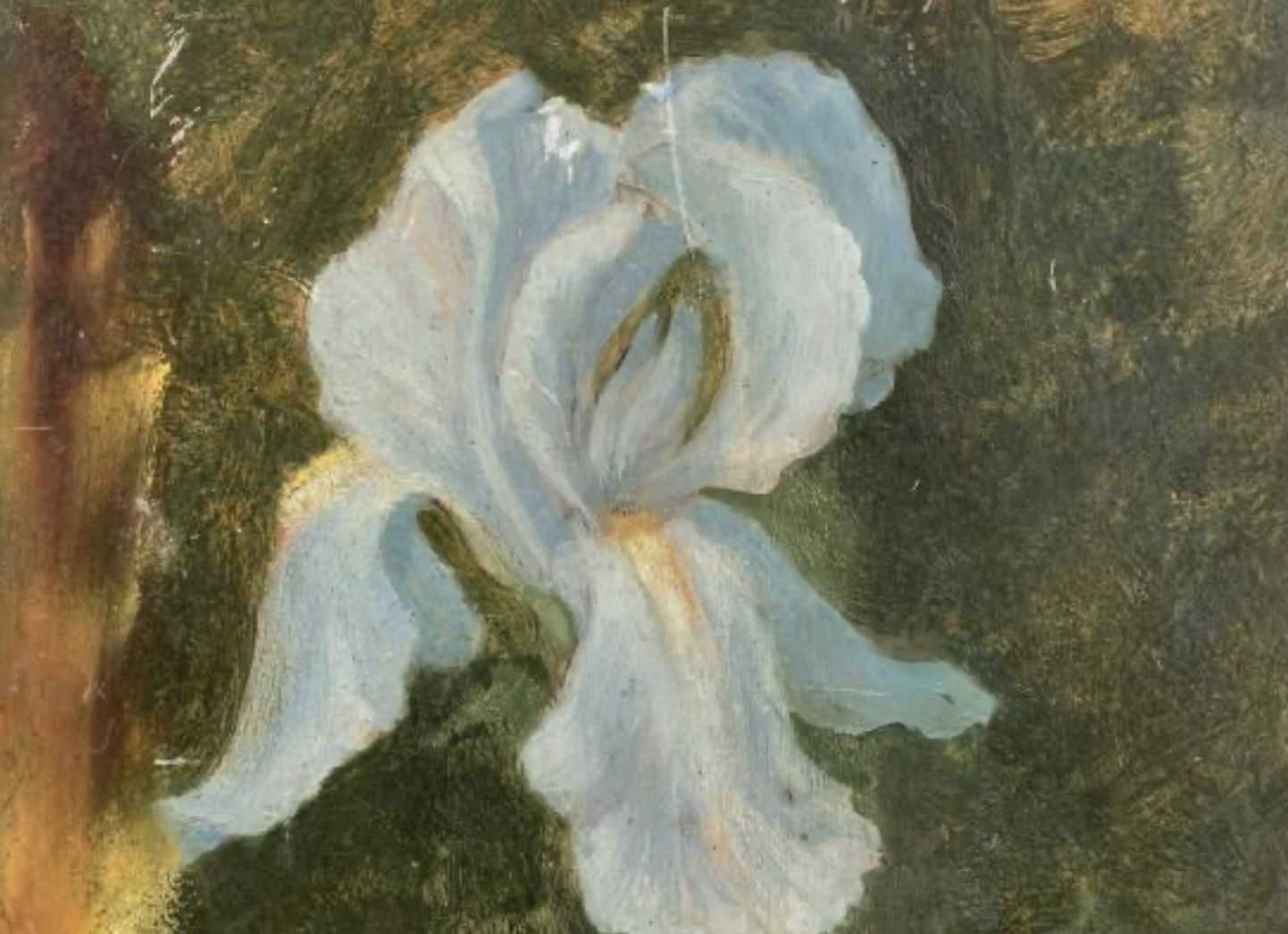
The life of Pierre Puvis de Chavannes
Pierre Puvis de Chavannes (1824-1898) came from a wealthy Lyonnais family, and from an early age showed an attraction for art that was at odds with the expectations of his milieu.
He began his training at the École des Beaux-Arts in Lyon, but soon felt cramped by the academic straitjacket, aspiring to a more personal and profound artistic expression.
In 1847, he moved to Paris, where he frequented the studios of Thomas Couture and Eugène Delacroix, immersing himself in a variety of influences while seeking to define his own pictorial language.
At the same time, he established links with artists and writers of the period, forming a network of friendships that allowed him to immerse himself in the capital's artistic effervescence.
Gradually, Puvis moved towards a purified style, in opposition to the narrative overload of academic works, and favored the fresco as the medium for his compositions.
It was at the Paris Salon that Puvis de Chavannes achieved his first successes, establishing his reputation as an innovative artist.
His murals, which adorn the walls of numerous public buildings such as the Panthéon and the Hôtel de Ville in Paris, embody his ideal of a grand, timeless painting, where the harmony of lines and the softness of hues create an atmosphere of serenity.
On the bangs of fashion and the dominant movements, Puvis was often criticized for the simplicity of his compositions, but he eventually established himself as a major figure, admired for his boldness and originality.
Introspective by nature, Puvis shunned the mundane and devoted himself fully to his art. His austere lifestyle and commitment to a pure artistic vision contrasted with the glitz and glamour of Parisian life.
Although discreet, he gained recognition during his lifetime, thanks in particular to the founding of the Société Nationale des Beaux-Arts, which enshrined his work. Elected to the Académie des Beaux-Arts, he was respected as much for his talent as for his sincere quest for an aesthetic of spiritual elevation.
In the last years of his life, Puvis de Chavannes, weakened, withdrew somewhat from the hustle and bustle of Paris, but continued to paint with undiminished fervor right up to his final days.
His art, imbued with melancholy and dreams, left a lasting imprint on French painting, heralding Symbolism and inspiring subsequent generations.
Les dessous du visible - Puvis de Chavannes
Focus on Le Rêve, Puvis de Chavannes
In Le Rêve, Pierre Puvis de Chavannes plunges us into a scene imbued with mysticism, where ethereal figures float above a sleeping young man, symbolizing the fragility of human aspirations and limited access to a divine or spiritual ideal.
Puvis de Chavannes, as a forerunner of Symbolism, focuses here on evoking the invisible, the immaterial. His choice of soft colors, with a palette dominated by soothing blues and earthy tones, lends the work a dreamlike calm.
In the context of 20th-century symbolism, artists often used such symbols to question religious dogma, criticizing a restrictive vision of spirituality.
The three gracefully floating female figures can be interpreted as allegories of faith, hope and charity, but their distant approach to the young man could also reflect the inaccessibility of the religious ideal, a theme dear to the Symbolists.
By hijacking traditional codes, Puvis de Chavannes opens the way to an introspective reading: the flowers falling delicately towards the sleeper recall an ideal that we brush against but never grasp.
This is less an affirmation of faith than a personal, intimate spiritual quest, where institutional religion gives way to a free exploration of the mysteries of the human soul.
This type of poetic symbolism was part of a movement that would be taken further by twentieth-century artists, often with a more virulent critique of the influence of the Church and a quest for spiritual emancipation.
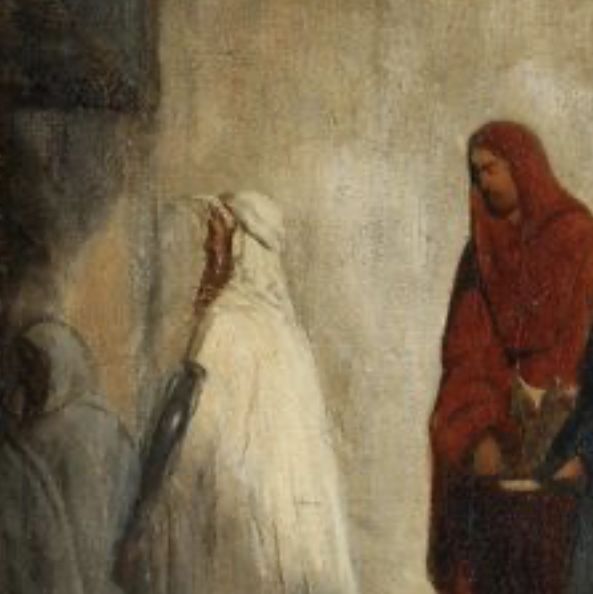
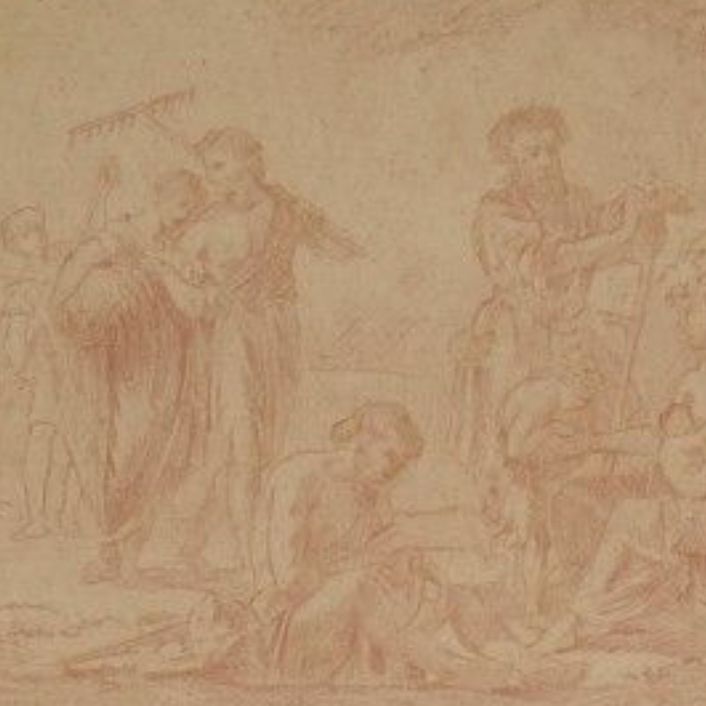
Puvis de Chavannes and symbolism in the 19th century
Pierre Puvis de Chavannes is often recognized as one of the pioneers of Symbolism, although his work predates the movement's official advent. Through his paintings, he blazed a new trail, one in which art no longer sought merely to imitate reality, but to evoke ideas, emotions and inner truths.$
His works, marked by serene compositions and allegorical figures, create an atmosphere of contemplation that invites the viewer to ponder the mysteries of human existence.
Unlike the naturalists, Puvis de Chavannes did not focus on realistic detail, preferring a purification of form and color.
This visual simplification, characteristic of his style, conveys a sense of purity and sacredness, where each element seems to carry a symbolic meaning.
A pioneer in his approach to the invisible, Puvis de Chavannes presents idealized landscapes, scenes suspended in an indefinite space-time, inviting the viewer on an introspective journey.
Moving away from traditional religious themes, he developed a more universal and personal vision of spirituality. His figures, often in a state of contemplation or reverie, embody a quest for the ideal that echoes the concerns of later Symbolists.
Through his work, Puvis de Chavannes laid the foundations for an art that transcended appearances, preferring to suggest the invisible forces and deep emotions that inhabit man.
This approach set the standard for many Symbolist artists, who found in it a model of detachment from the material world to explore the mysterious dimensions of the human spirit.
In this, Puvis de Chavannes stands out as an essential precursor of Symbolism, paving the way for a more introspective art, imbued with silence and poetry, where each image becomes the mirror of an inner reflection.
His works, both pure and charged with meaning, mark a break with realism and herald a new era in art, that of the search for the absolute.
His signature
Not all Pierre Puvis de Chavannes' works are signed.
Although there are variations, here's a first example of his signature:

Our team will be happy to help you identify your artwork.
Appraising your property
If you happen to own a painting by or after Pierre Puvis de Chavannes, don't hesitate to ask for a free estimate by filling in our form on our website.
A member of our team of experts and certified auctioneers will contact you promptly to estimate the value of your work, and will provide you with all the relevant information.
If you're thinking of selling your work of art, our specialists will also be on hand to help you find alternatives for selling it at the best possible price, taking into account the market's inclinations and specificities.
Response in less than 24h
Related topics
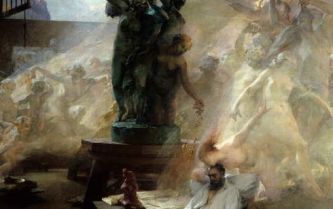
Rating and value of works, paintings, drawings by Albert Maig...
Albert Maignan was a 19th-century neoclassical painter who produced mainly history paintings, which are sought-after at auction. Estimated in 24h.
Read more >
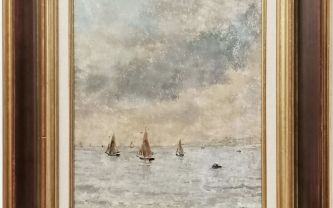
Rating and value of works, drawings, paintings by Alfred Ste...
Alfred Stevens is a 19th-century realist painter who produced works that are highly valued on the auction market.
Read more >
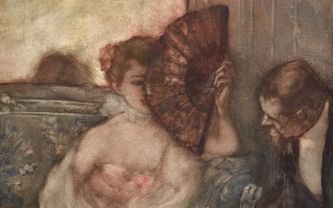
Cote et valeur des tableaux, dessins, peintures de Gaston La...
Gaston La Touche is a 19th-century painter who produced works that are highly valued at auction. 24h estimate.
Read more >
Secure site, anonymity preserved
State-approved auctioneer and expert
Free, certified estimates


